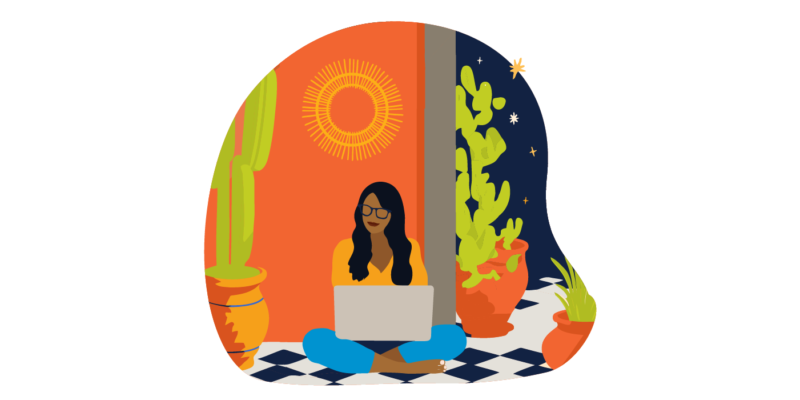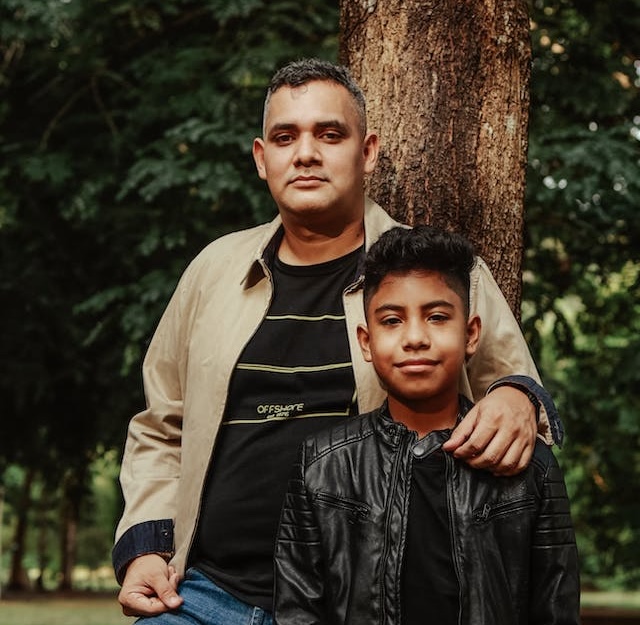
Confronting Mental Health Barriers in the Asian American and Pacific Islander Community
Anti-Asian rhetoric and incidents have been on the rise in recent years, spurred on by the COVID-19 pandemic. These types of events reinforce trauma and fear within the Asian American and Pacific Islander (AAPI) community and have profound effects on Read more >>











